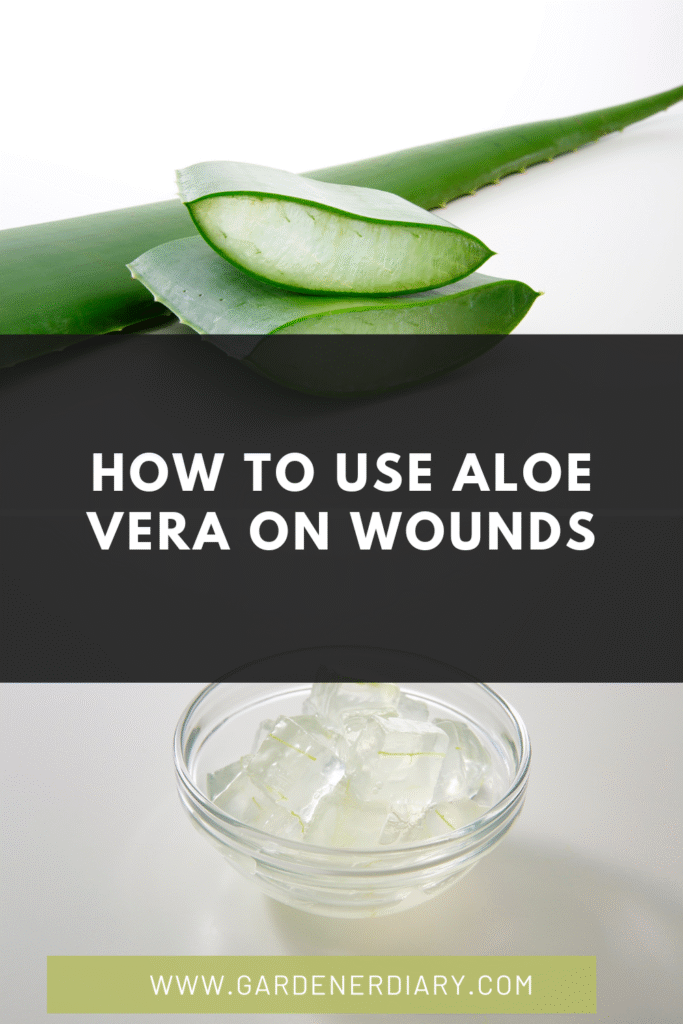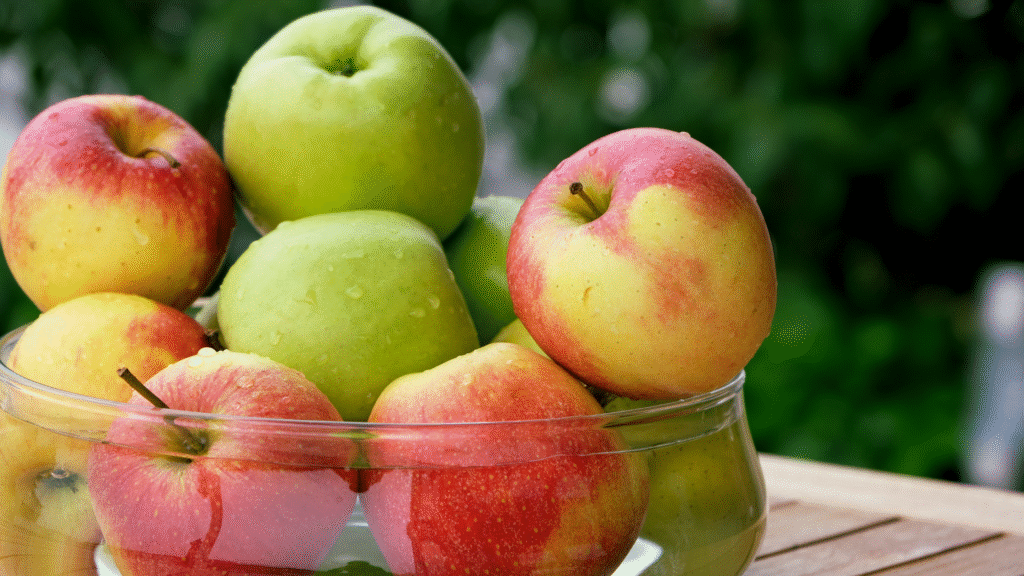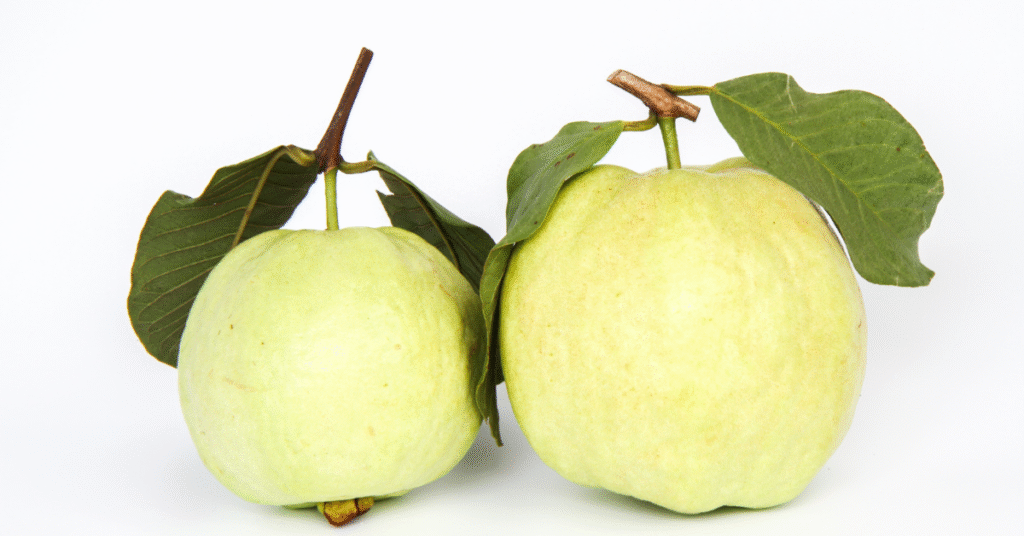How to Use Aloe Vera on Wounds: A Comprehensive Guide for Natural Healing
For centuries, the humble Aloe Vera plant has been a cornerstone of traditional medicine, lauded for its remarkable healing properties. From ancient civilizations to modern holistic practices, its clear, gelatinous pulp has been applied to various skin ailments, most notably for soothing and aiding the recovery of wounds. While its benefits for general skin health are well-documented, understanding how to use Aloe Vera on wounds effectively and safely is crucial. This comprehensive guide will delve into the science behind Aloe Vera’s wound-healing capabilities, provide step-by-step instructions for its application, and highlight important precautions to ensure optimal and safe results for minor injuries.
The Science Behind Aloe Vera’s Wound Healing Properties
The therapeutic power of Aloe Vera gel stems from its complex composition, boasting over 75 active compounds. These work synergistically to promote healing and reduce discomfort:
- Anti-inflammatory Compounds: Enzymes like bradykinase, along with plant hormones (auxins and gibberellins), help to reduce swelling, pain, and redness associated with wounds.
- Antimicrobial Agents: Saponins, salicylic acid, and anthraquinones (like aloin, though mostly removed for topical use) exhibit antibacterial, antiviral, and antifungal properties, helping to prevent infection in minor wounds.
- Growth Factors & Vitamins: Aloe Vera contains vitamins A, C, and E, which are powerful antioxidants, and B12. It also has compounds that stimulate fibroblast activity, promoting the production of collagen and elastin—essential proteins for skin repair and regeneration.
- Moisturizing & Hydrating Properties: Mucopolysaccharides in the gel help to bind moisture to the skin, creating a hydrated environment that is conducive to healing and prevents the wound from drying out and cracking.
- Analgesic Effect: Its cooling sensation and anti-inflammatory properties can provide a mild pain-relieving effect.
Numerous studies have explored the pharmacological properties of Aloe Vera, confirming its potential in various dermatological applications, including wound management. For a deeper dive into the scientific understanding of this plant, you can explore comprehensive reviews on the pharmacological properties of Aloe Vera. Further research also delves into the molecular mechanisms behind aloe vera’s effects on skin, providing a deeper understanding of how it supports overall skin health, such as detailed in this study on its cellular impact.
Types of Minor Wounds Aloe Vera Can Help With
It’s crucial to understand that Aloe Vera is best suited for minor, superficial wounds. Always consult a healthcare professional for deep cuts, puncture wounds, severe burns, or wounds showing signs of infection.
- Minor Cuts and Scrapes: For superficial cuts from gardening, kitchen accidents, or minor abrasions, Aloe Vera can help cleanse, soothe, and promote faster healing by keeping the area moist and protected.
- Minor Burns (First and Second Degree): Aloe Vera is a classic remedy for minor burns, including sunburn. Its cooling and anti-inflammatory properties provide immediate relief, while its healing compounds aid in skin regeneration. For severe burns, seek immediate medical attention.
- Sunburn: The most popular application. Aloe Vera’s cooling effect and ability to reduce inflammation make it highly effective for soothing painful sunburns and preventing peeling.
- Insect Bites: Applying Aloe Vera gel can quickly alleviate itching, swelling, and redness caused by mosquito bites, bee stings (after removing the stinger), or other insect bites.
- Abrasions: Minor skin abrasions, like those from a fall on pavement, can benefit from Aloe Vera’s soothing and protective qualities.
- Post-Acne Healing: While Aloe Vera can help manage active acne (as discussed in how to treat hormonal acne naturally at home), it’s also beneficial for the healing phase. It can help reduce redness and promote the fading of post-inflammatory hyperpigmentation (dark spots) left behind by breakouts.
How to Prepare Fresh Aloe Vera Gel for Wounds (Step-by-Step)
Using fresh gel directly from the plant is often preferred, but proper preparation is key to avoid irritation from the latex.
- 1. Select a Mature Leaf: Choose a thick, healthy, and mature leaf from the outer part of the Aloe Vera plant. Older leaves contain more gel.
- 2. Cut & Drain the Latex: Using a clean, sharp knife, cut the leaf as close to the base of the plant as possible. Immediately stand the cut end of the leaf upright in a cup or bowl for 10-15 minutes. This allows the yellowish, bitter aloin (latex) to drain out. This step is crucial, as aloin can be a skin irritant for some, and has laxative properties if ingested.
- 3. Clean the Leaf: Rinse the leaf thoroughly under cool running water.
- 4. Remove Spiny Edges: Lay the leaf flat and carefully slice off the spiny edges along both sides.
- 5. Extract the Gel: Slice the leaf lengthwise down the middle. Using a spoon or a dull knife, gently scoop out the clear, gelatinous inner gel. Try to avoid scraping any of the yellowish-green outer skin, as this may contain residual aloin.
- 6. Store Excess Gel: Place any unused pure gel in an airtight container and store it in the refrigerator for up to a week. For longer storage, you can blend the gel and freeze it in ice cube trays.
Step-by-Step Guide: How to Apply Aloe Vera to Minor Wounds
Once you have your pure Aloe Vera gel, follow these steps for safe and effective application:
- 1. Wash Your Hands: Before touching any wound, always wash your hands thoroughly with soap and water to prevent introducing bacteria.
- 2. Clean the Wound: Gently clean the minor wound with mild soap and lukewarm water. Pat it dry with a clean cloth. Do not scrub the wound.
- 3. Apply Aloe Vera Gel: Take a small amount of pure Aloe Vera gel (fresh or high-quality commercial) and gently apply a thin, even layer directly to the wound. Ensure the entire affected area is covered.
- 4. Cover (Optional): For minor cuts or abrasions, you can leave the gel exposed to air, or cover it with a sterile bandage if the wound is in an area prone to rubbing or contamination. For sunburn, leaving it exposed is generally fine.
- 5. Reapply Regularly: Reapply the Aloe Vera gel 2-3 times a day, or as needed, until the wound has healed. For burns or sunburn, you might reapply more frequently for comfort.
- 6. Monitor the Wound: Keep a close eye on the wound for any signs of infection (increased redness, swelling, pus, warmth, fever) or worsening irritation.
Important Considerations & Precautions
While Aloe Vera is generally safe for topical use, it’s crucial to be aware of its limitations and potential risks.
When NOT to Use Aloe Vera on Wounds:
- Deep or Puncture Wounds: Aloe Vera is not a substitute for medical attention for deep cuts, puncture wounds, or wounds that may require stitches.
- Severe Burns: For third-degree burns or extensive second-degree burns, seek immediate professional medical care.
- Infected Wounds: If a wound shows signs of infection (pus, increasing pain, redness, warmth, fever, foul odor), do not use Aloe Vera. Consult a doctor immediately.
- Internal Use: This guide focuses solely on topical application. Internal consumption of Aloe Vera latex can have strong laxative effects and interact with medications.
Potential Side Effects & How to Mitigate Risks:
Even with proper preparation, some individuals may experience adverse reactions. For a comprehensive overview of potential reactions, refer to our detailed guide on Side Effects of Aloe Vera on Face.
- Allergic Reactions (Contact Dermatitis): The most common side effect.
- Symptoms: Redness, itching, swelling, rash, or hives at the application site.
- Prevention: Always perform a patch test before applying to a larger area. Apply a small amount to your inner arm and wait 24-48 hours. If no reaction occurs, it’s likely safe.
- Skin Irritation: Mild stinging or burning, especially on sensitive or broken skin.
- Prevention: Ensure all aloin/latex is removed from fresh gel. Discontinue if irritation persists.
- Photosensitivity: Rarely, Aloe Vera can increase sensitivity to sunlight.
- Prevention: If applying to exposed skin, always follow with a broad-spectrum sunscreen, especially during the day.
When to See a Doctor:
It is paramount to seek professional medical attention if you experience any of the following:
- The wound is deep, gaping, or bleeding profusely.
- Signs of infection appear (increasing redness, swelling, warmth, pus, fever, foul odor).
- The wound is not healing or is worsening after a few days.
- You suspect a severe burn.
- You develop a severe allergic reaction to Aloe Vera.
Beyond Topical: Supporting Wound Healing with Nutrition
While topical application of Aloe Vera can aid minor wound healing, overall health and nutrition play a vital role in your body’s ability to repair itself. A balanced diet rich in vitamins, minerals, and protein provides the building blocks for new tissue. For instance, incorporating nutrient-dense foods, like those containing healthy fats and fiber, can support general well-being. For ideas on incorporating healthy ingredients into your diet, you might explore topics like how to eat chia seeds, which are packed with beneficial nutrients.
Conclusion: A Natural Aid for Minor Wounds
Aloe Vera is a time-honored natural remedy with scientifically recognized properties that can effectively support the healing of minor wounds, burns, and skin irritations. Its anti-inflammatory, antimicrobial, and moisturizing compounds create an optimal environment for skin repair, offering comfort and promoting faster recovery.
By understanding the proper way to prepare and apply Aloe Vera gel, being mindful of potential side effects, and knowing when to seek professional medical advice, you can safely and confidently integrate this remarkable plant into your home first-aid kit. Always remember that for any serious or persistent wound, professional medical attention is paramount. Embrace the gentle healing power of Aloe Vera for your minor skin concerns, and nurture your skin back to health naturally.



